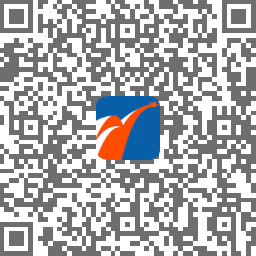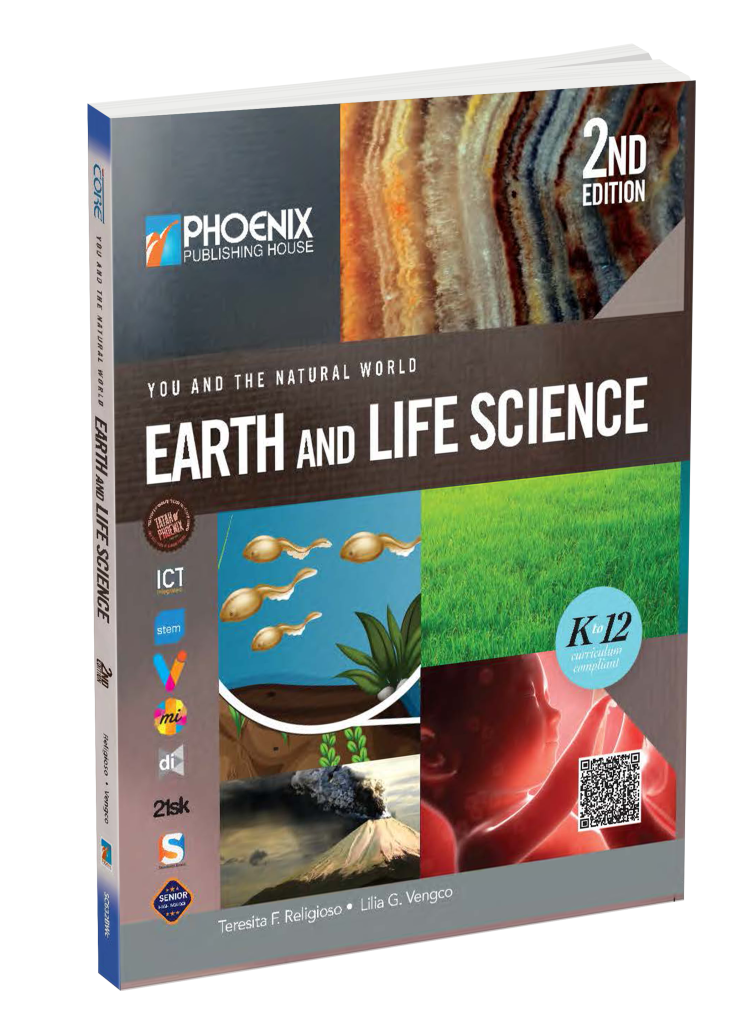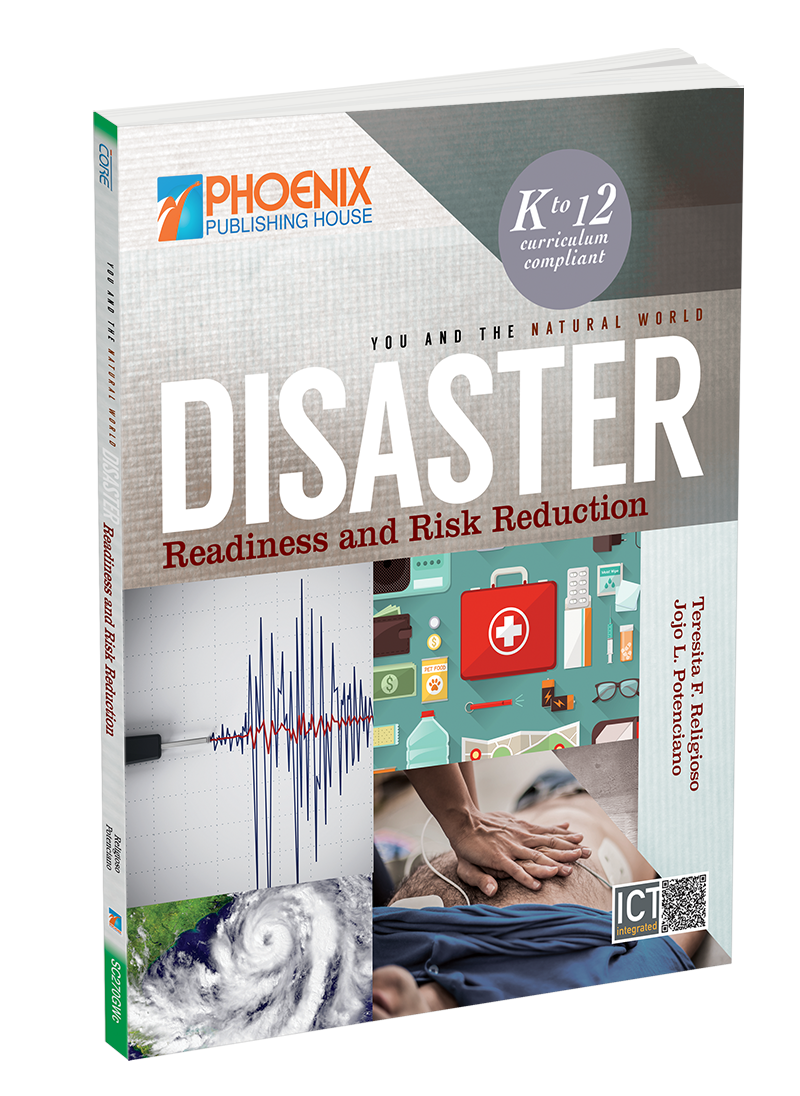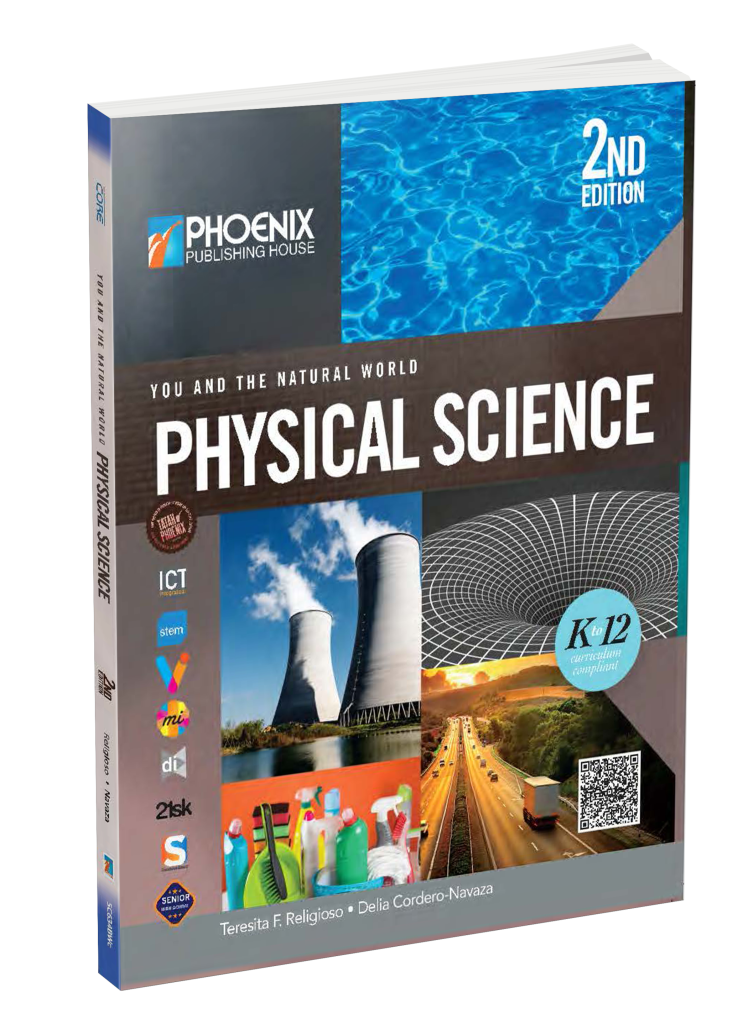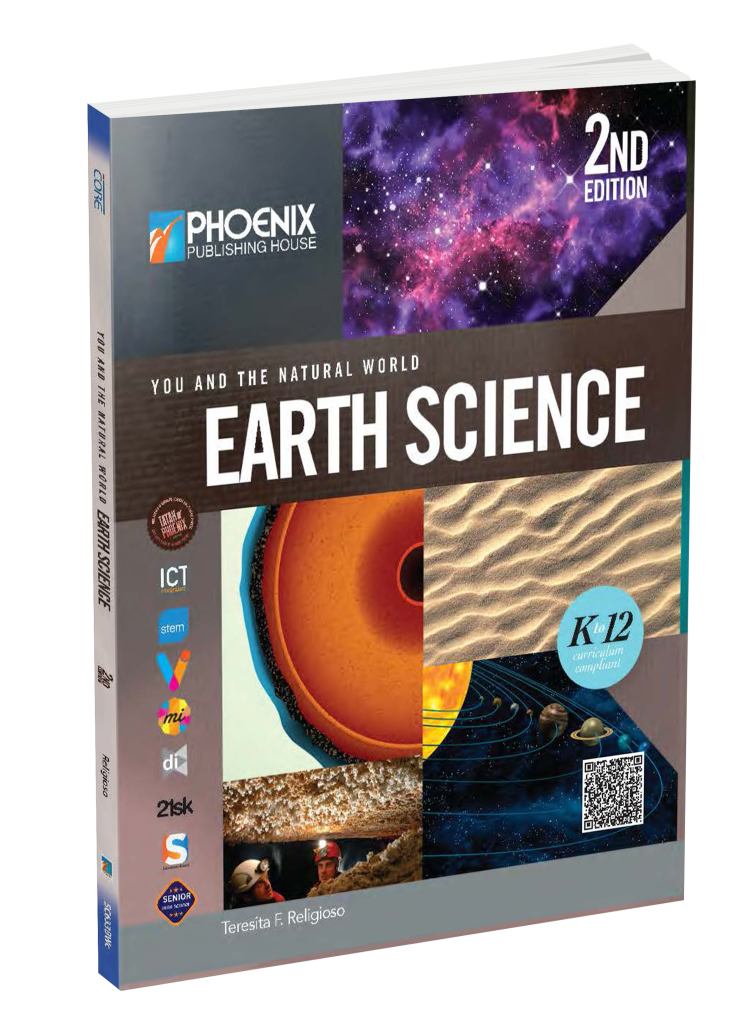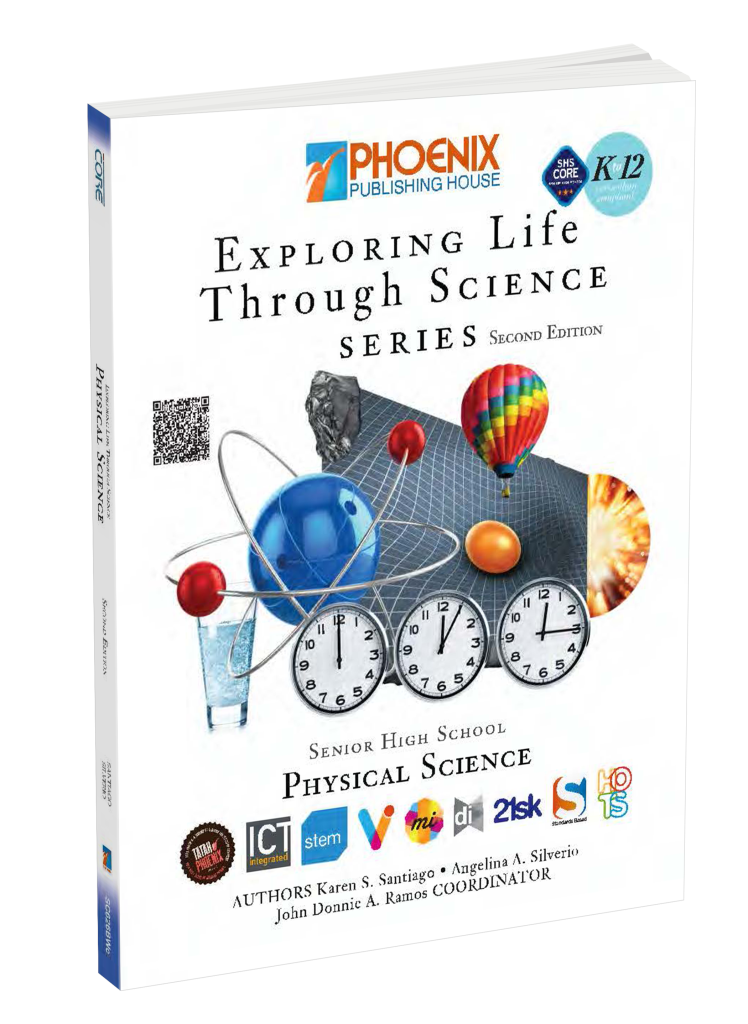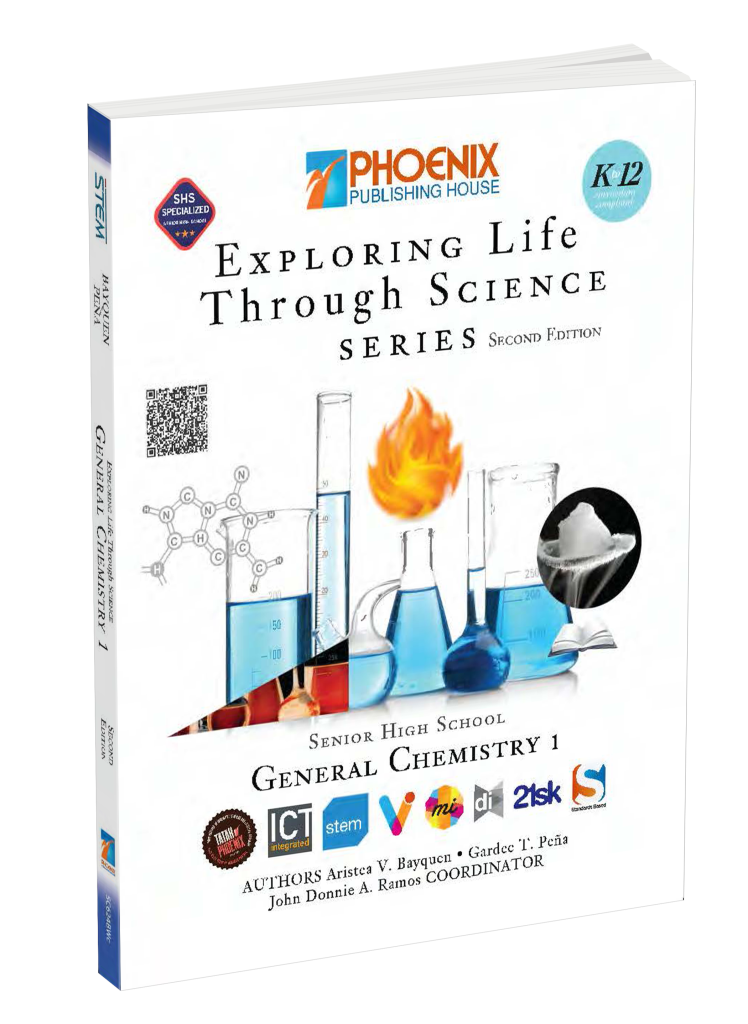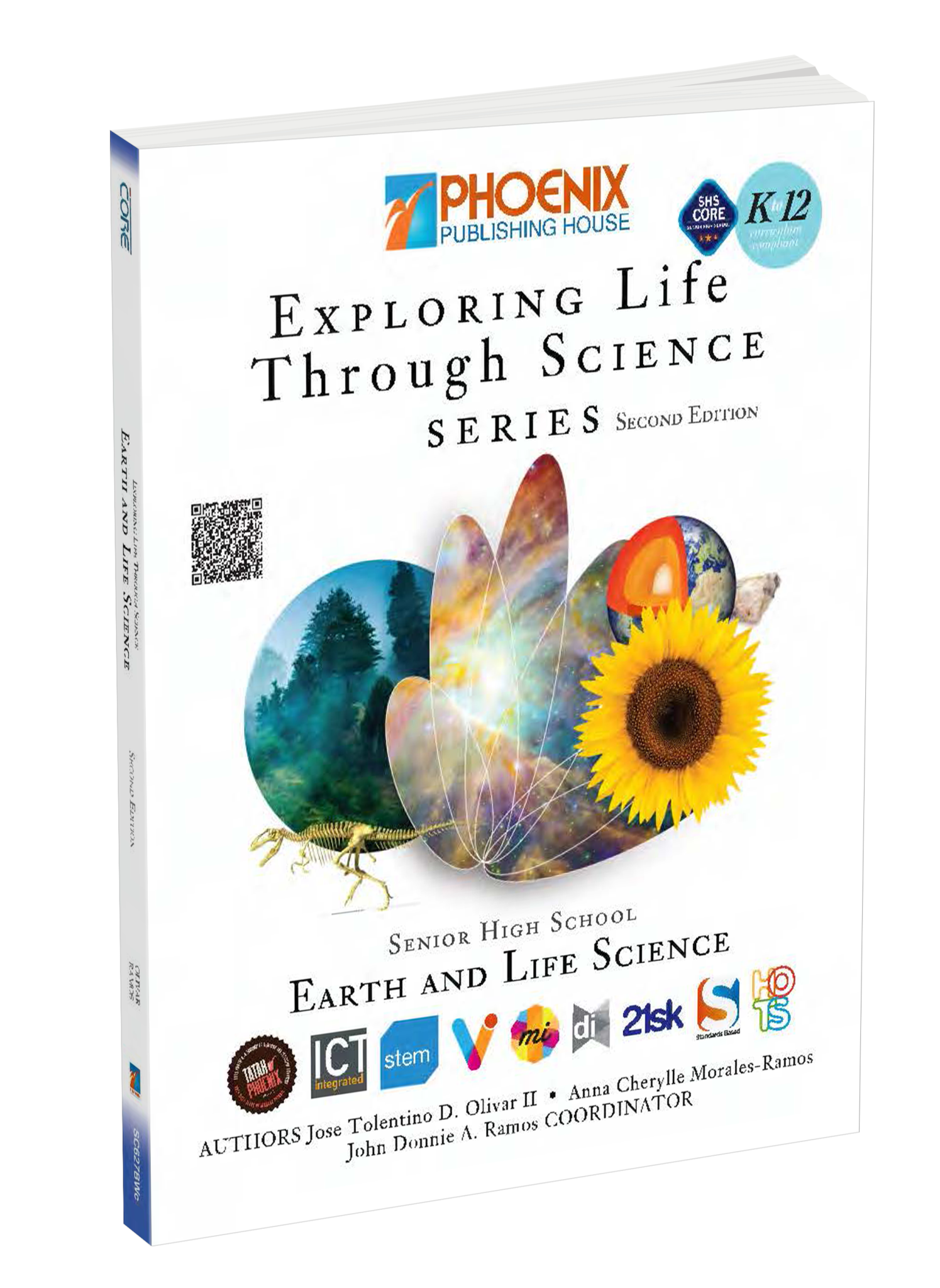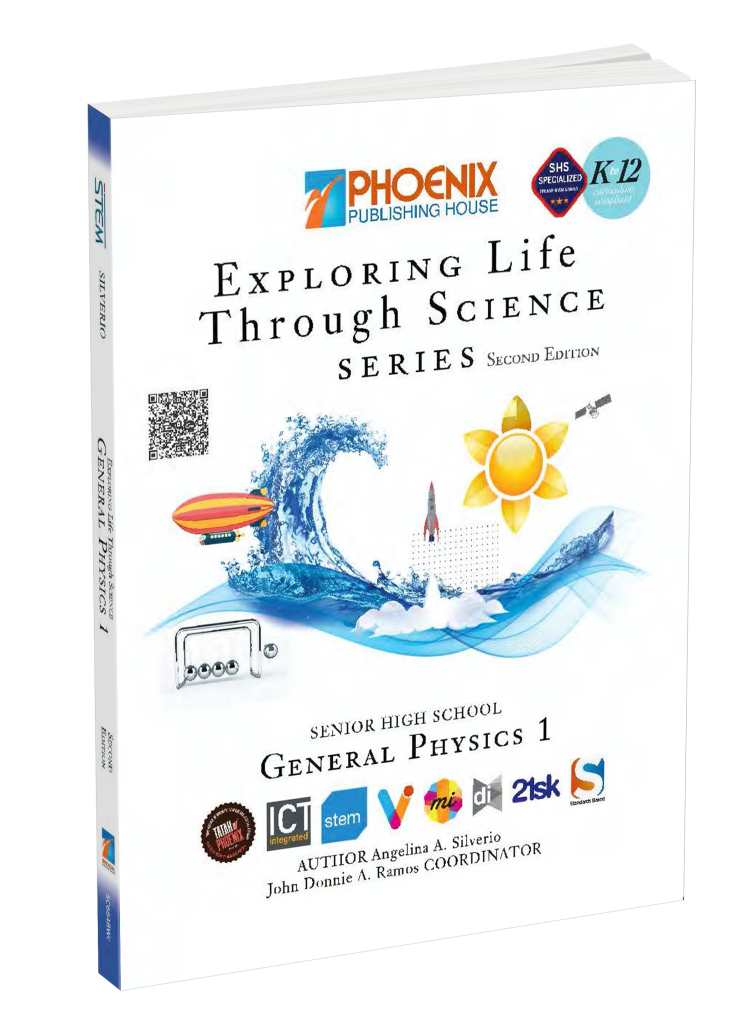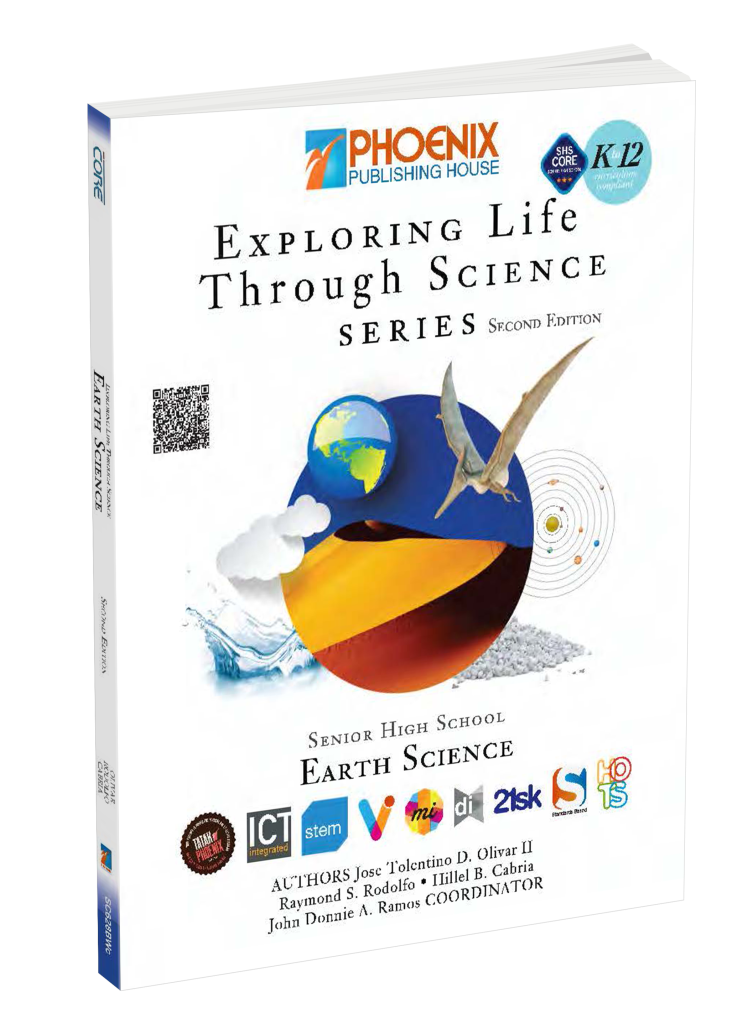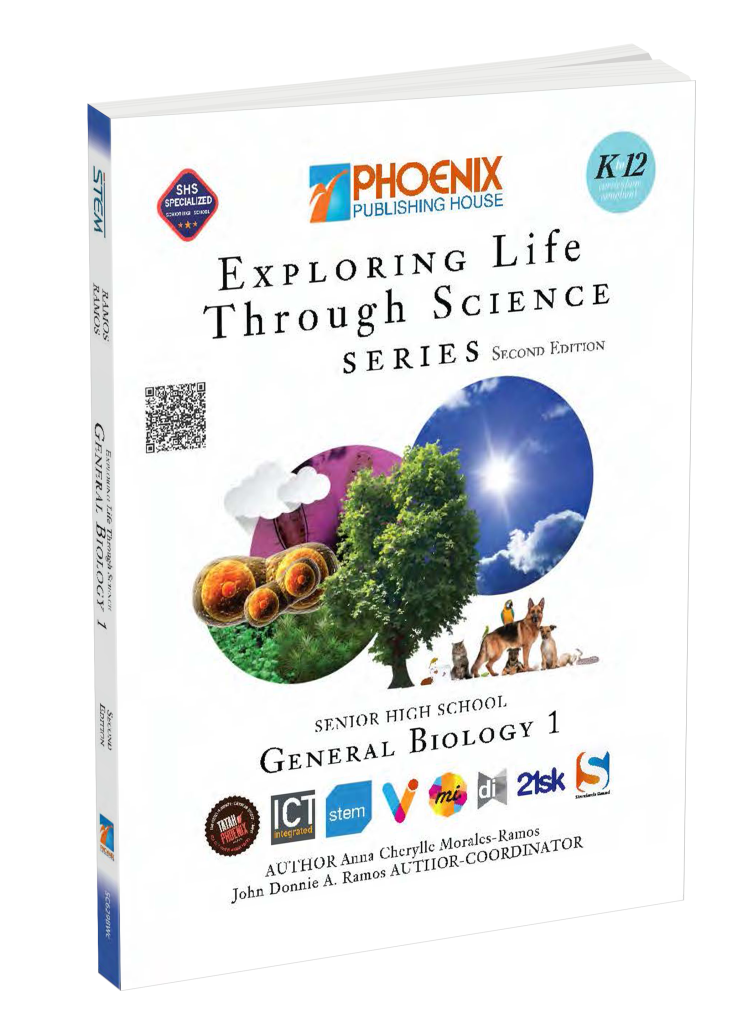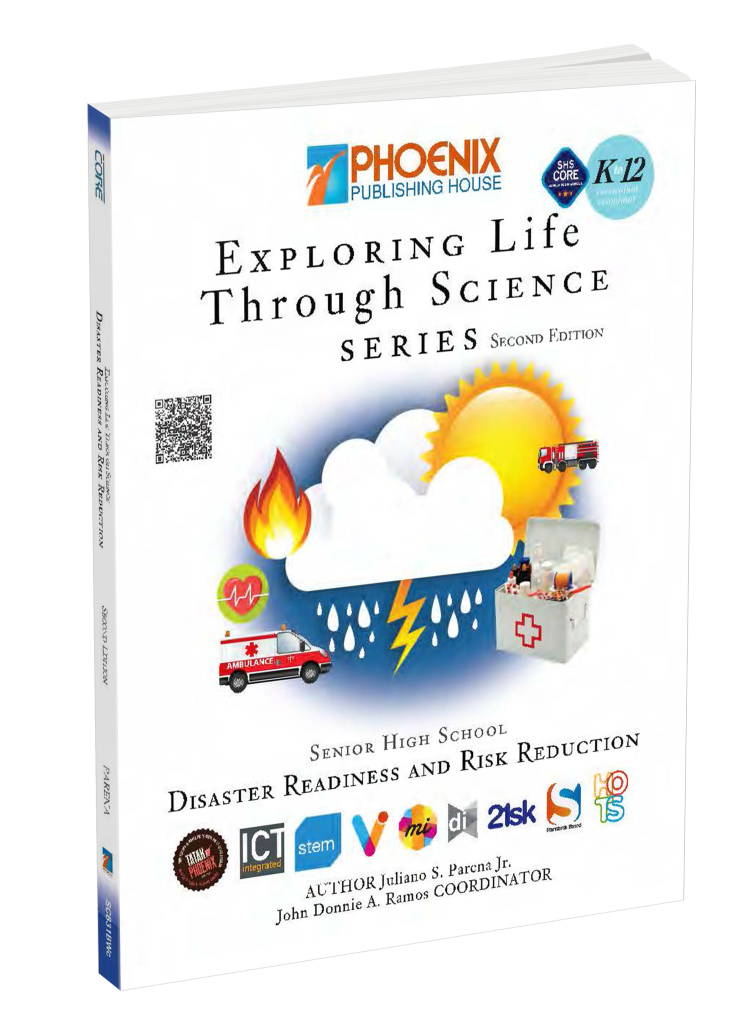
Exploring Life Through Science: Disaster Readiness and Risk Reduction
Exploring Life Through Science Disaster Readiness and Risk Reduction is geared toward making the senior high school students learn the basic concepts of the different hazards the Philippines faces. It presents the risks associated with specific hazards to enable students to recognize and assess their vulnerability. It gives the students the opportunity to develop their personal, family, and community emergency response plans to make them more disaster-ready. It also includes practical activities that reinforce learning as well as worthwhile projects that can be done individually or as a group that are all geared toward disaster preparedness.
ELTS DRRR features local and foreign scientists who had great contributions in the study of disasters or its origins. It also puts emphasis on the effect of climate change on the increasing risks and effects of disasters. It ultimately aims to make the students understand that disaster preparedness is not just a government effort but everyone’s.
Highlights
- Environmental responsibility
- Interdisciplinary and world-class science
- Innovative and practical science and technology
- Filipino pride and culture
Author/s
Juliano S. Parena Jr., John Donnie A. Ramos (Coordinator)
Level/s
Senior High
Copyright
WT – 2023 TWE – 2023
Learning Objectives – summarizes expected learning of the students aligned with DepEd’s learning competencies
Values – summarizes expected values to be developed in students
A Closer Look – introduces real-life scenarios and asks teaser questions to jumpstart chapter discussions
Prior Knowledge Check – assesses initial knowledge and misconception of students
Concepts in a Box – presents the relationship of the concepts through a concept map
Love of Lab – school- and home-based activities used for discovery learning
Pause, Think, Recall – assesses the progress of students during the learning experience
Practical Science – gives examples of applications of science concepts in everyday life
Sample Problems – problems with solutions that guide the students through the solving process
Chapter Recap – recapitulates major concepts learned
A Closer Look Explained – explains the science behind a teaser question in the “A Closer Look”
Test Yourself – assesses the learning of the students after the learning experience by testing their analytical and comprehension skills
World of Wonders in the Web – expands classroom learning through curriculum-based online resources
Additional Learning Resources – provides additional resources supplementary to the presented concepts
Content Enrichment Features:
- Proudly Filipino – highlights outstanding Filipino scientists to inspire students
- My Future in Science – features careers in the sciences to help evaluate student inclinations and potential
- Practical Science – gives applications of science in everyday life
- Sci Bit – supplements learning through information of human interest
- Pillar of Science – features pioneer scientists in the different fields of science
- Science Patrol – highlights breaking news in the sciences
- Science Connections – focuses on a multidisciplinary scientific approach to solve human problems
Function Icons:
Information and Communications Technology (ICT) – emphasizes ICT-related contents and activities
Multiple Intelligences – identifies the different learning styles involved in the activities and assessments
21st Century Skills – activities that promote the development of twenty-first century skills such as learning, literacy, and life skills
- Learning Skills (LE): (1) critical thinking, (2) creativity, (3) collaboration, (4) communication
- Literacy Skills (LE): (1) information, (2) media, (3) technology
- Life Skills (LE): (1) flexibility, (2) leadership, (3) initiative, (4) productivity, (5) social skills
Differentiated Instruction – emphasizes activities that address a wide range of learning needs, abilities, and interests of students
STEM – hands-on problem-based inquiry and exploration activities that challenge students to find solutions to real-world issues and problems as they are guided by the design thinking process
Higher-Order Thinking Skills (HOTS) – develops higher-order thinking skills through learning activities and assessments
Values Integration (VI) – Transforms students into responsible members of the family and society
Quick Response (QR) Code – provides suggested resources as additional learning materials
Components:
Worktext (WT)
Learning Guide (TWE)
Blended Resources Learning Portal (BLRP)
Other Books
Building Learner Resilience with MATATAG Curriculum – Compliant Solutions

